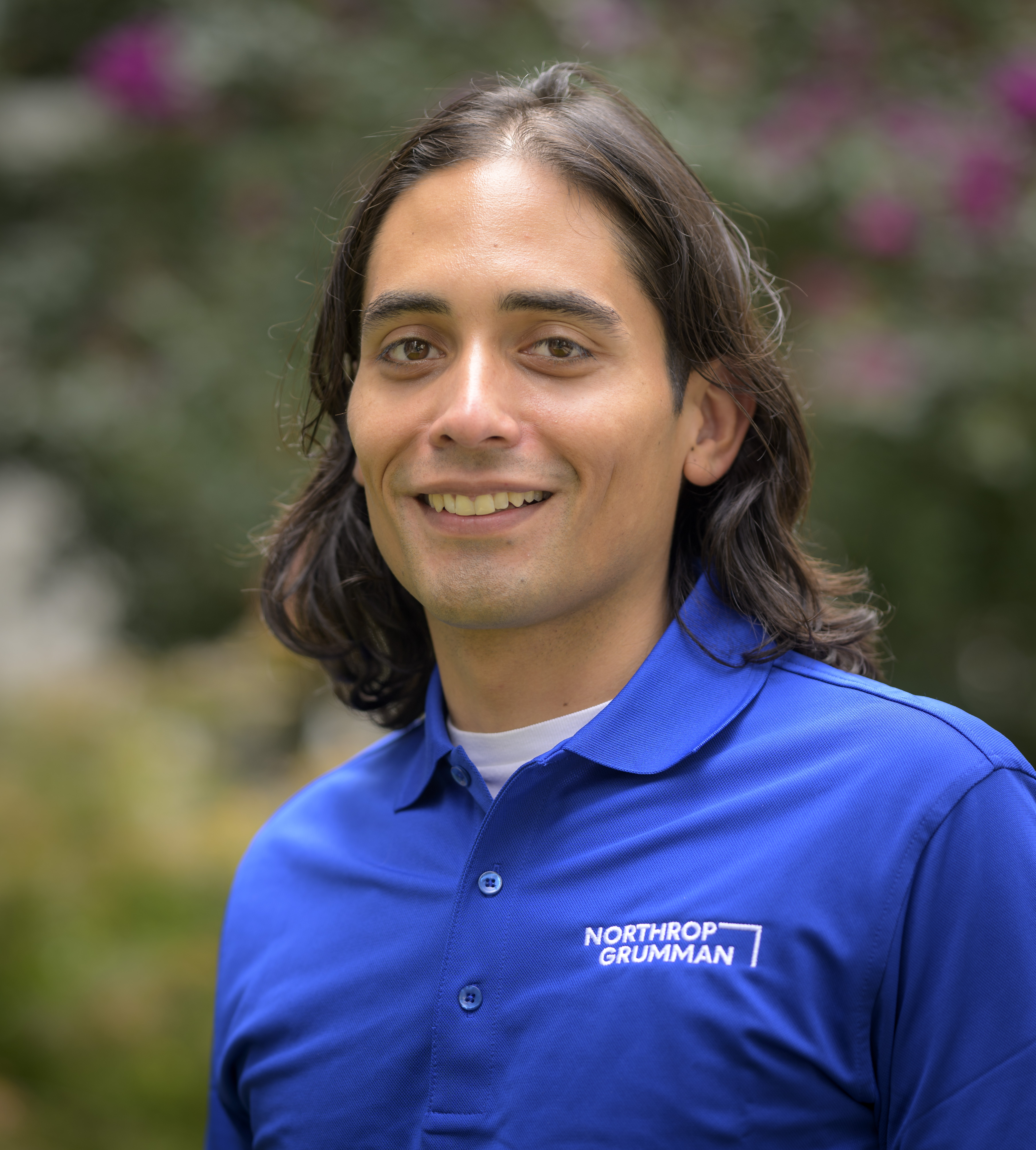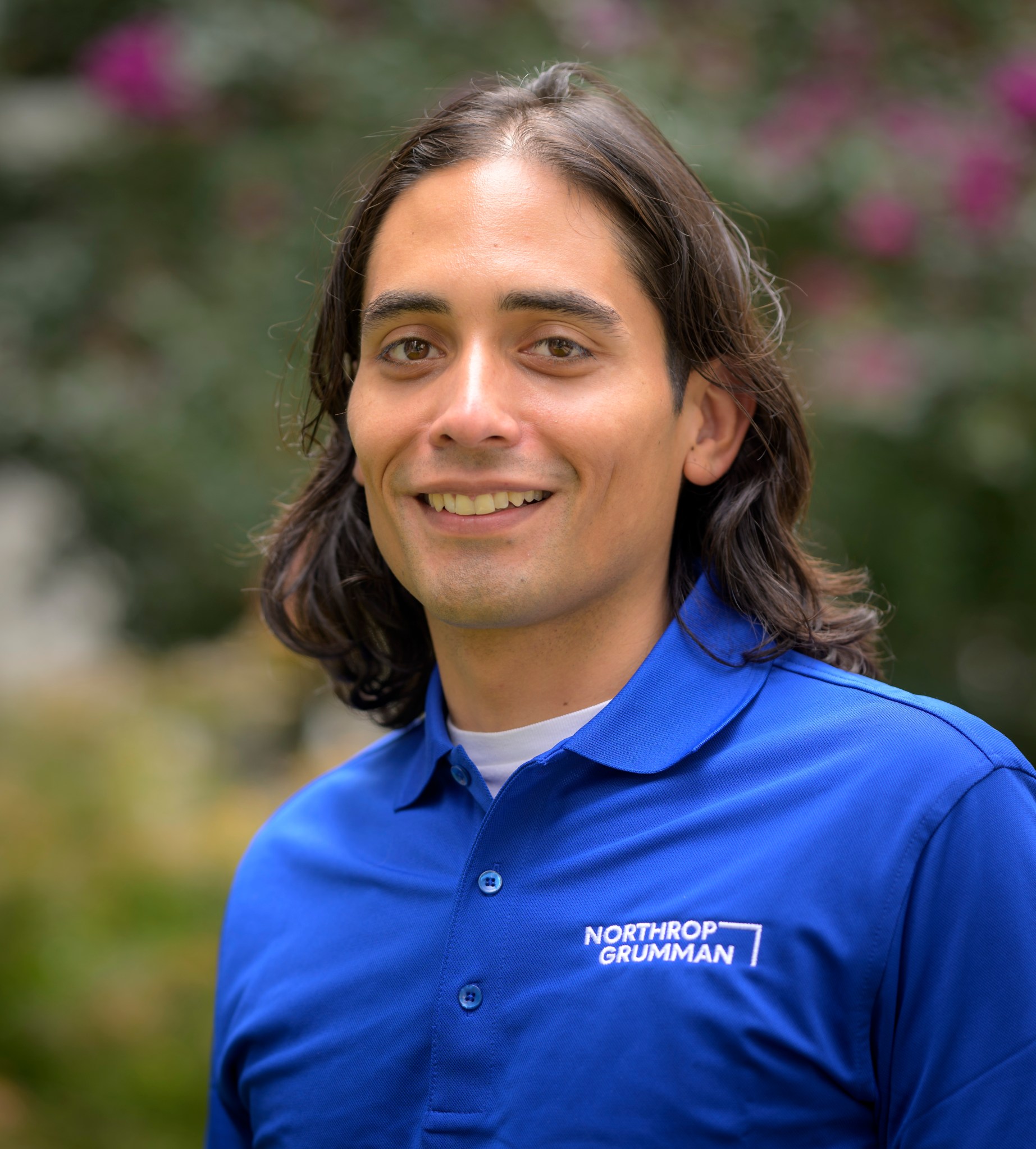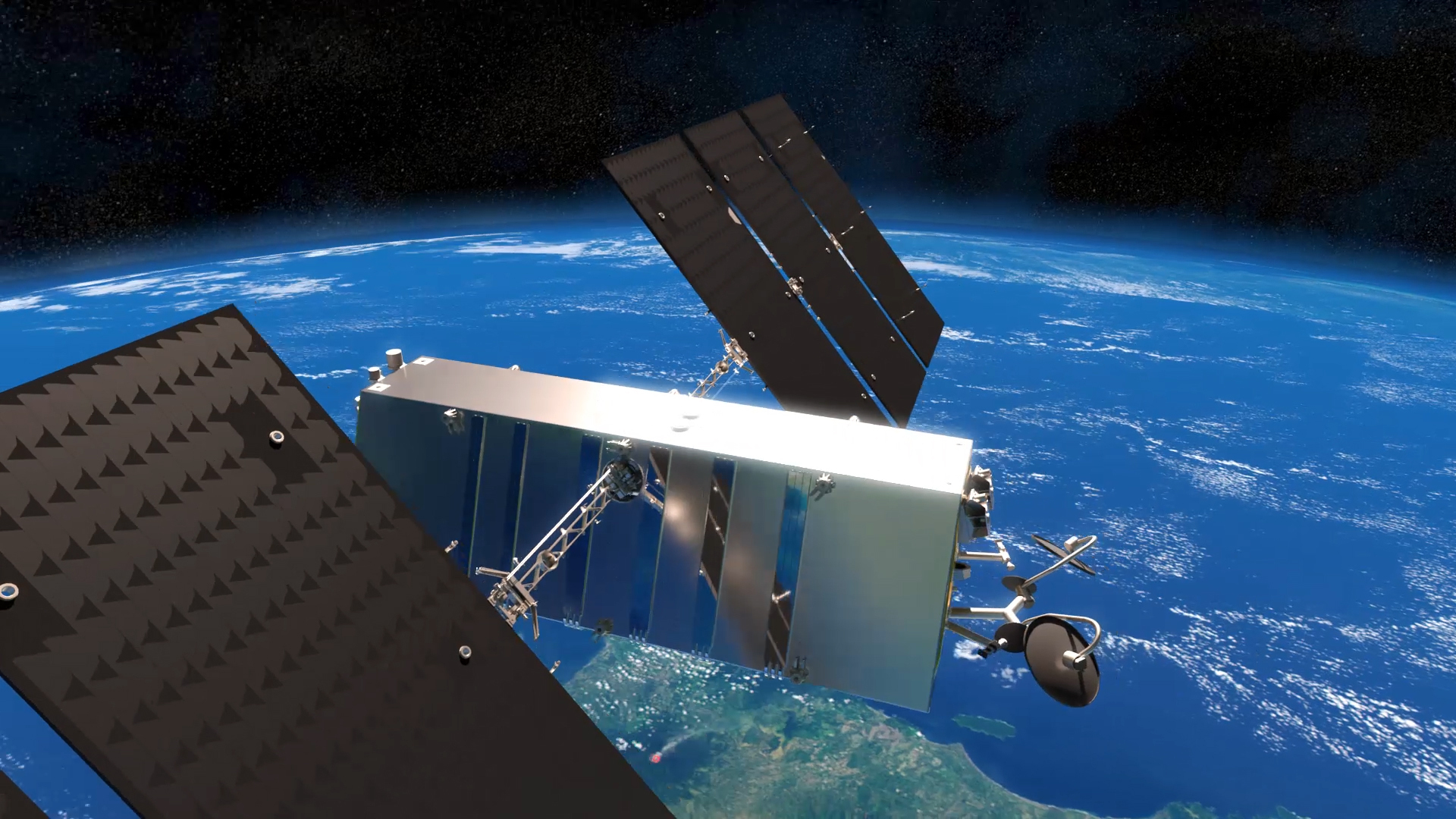From childhood stargazing to building a lunar space station
Even growing up in the heart of Washington, D.C., stargazer Oliver Ortiz felt a connection to space from a young age and always wondered what was beyond the city lights. Now a seasoned engineer with Northrop Grumman, he is contributing to a new era of space exploration with Gateway, humanity’s first space station in lunar […]

Even growing up in the heart of Washington, D.C., stargazer Oliver Ortiz felt a connection to space from a young age and always wondered what was beyond the city lights. Now a seasoned engineer with Northrop Grumman, he is contributing to a new era of space exploration with Gateway, humanity’s first space station in lunar orbit, and a critical part of NASA’s Artemis missions that will establish a long-term presence at the Moon.

Ortiz leads Northrop Grumman’s systems engineering team focused on the integration of Gateway’s foundational elements, HALO (Habitation and Logistics Outpost) and the Power and Propulsion Element. HALO is set to launch with the Power and Propulsion Element on a SpaceX Falcon Heavy rocket ahead of the Artemis IV mission, providing living quarters and the space station’s power and orbital control.
He embarked on his engineering journey at the University of Maryland College Park, obtaining both his undergraduate and master’s degrees in aerospace engineering. He joined Northrop Grumman as an intern in 2014 and quickly rose through the ranks, shaping his career in systems engineering while making significant contributions to various space programs, including commercial resupply missions to the International Space Station.
Ortiz’s path to the world of space engineering was not clear. He first set out to be an astronomer, but changed course toward a career in engineering that now has him leading a team of engineers responsible for ensuring the systems of Gateway’s first two elements are well-integrated and ready to be the building blocks of the lunar outpost.
“I’ve loved space since I was in elementary school and initially wanted to be an astronomer,” said Ortiz. “My undergrad English professor was married to an astronomer and offered to introduce me to her husband. It was in that coffee shop meet and greet that I realized I did not want to be an astronomer. I wanted to be an aerospace engineer and I’m forever grateful that he and fate pointed me in the direction of my true passion.”
It was Ortiz’s involvement in designing Next Step-1, a precursor to HALO, that defined his current trajectory when Northrop Grumman was chosen as Gateway’s prime contractor responsible for designing and fabricating HALO. Since 2016, Ortiz has dedicated his career to the creation of the world’s first habitat designed to support sustainable life outside Earth orbit.
“Sustainability for me means we can learn enough from living on and around the Moon that we can ultimately go to Mars,” Ortiz said. “The Moon is the steppingstone to what’s next and we have to learn how to build a safe environment in an economically efficient way.”
Built with commercial and international partnerships, Gateway is a vital component of the Artemis missions, helping NASA and its partners test the technologies and capabilities for a sustained human presence in deep space.
Primary article author: Tiffany Travis
P




































